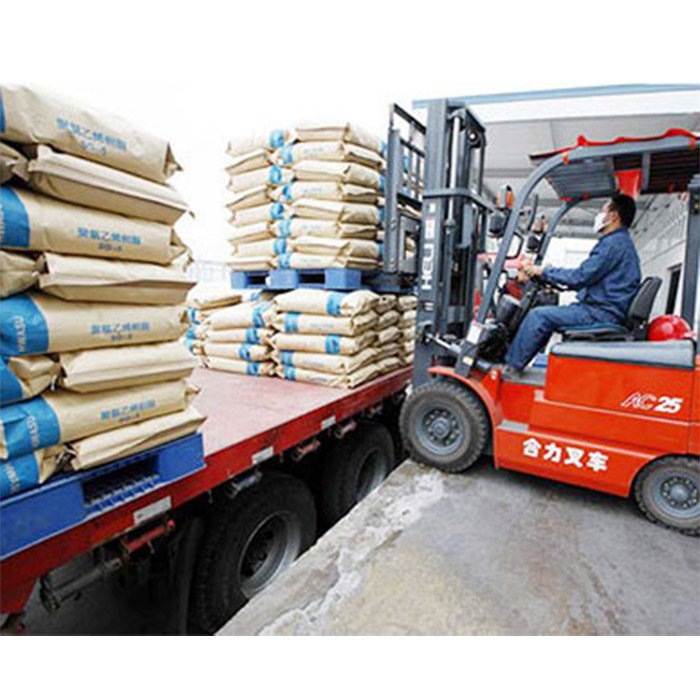Dalian Institute of Chemical Physics, Chinese Academy Sciences
image: The product selectivity in alcohol ammoxidation could be effectively controlled by tuning manganese oxide crystals, where nitriles are dominant products over α-Mn2O3-based catalysts, and MnO2-based catalysts are favourable for nitrile hydration to form amides. view more Systemic Pesticides

Credit: Chinese Journal of Catalysis
Organic nitriles are a class of important compounds in chemical technology, which have been used for synthesis of fine chemicals, agrochemicals, and raw materials for high-performance polymers, rubbers. Traditional methods for nitrile synthesis involve Sandmeyer reaction, Rosenmund-von Braun reaction, and nucleophilic substitution of cyanides to alkyl and aryl halides, where toxic HCN or metal cyanides (e.g., KCN, NaCN, and CuCN) are normally used. These toxic cyanides have caused a few environmental disasters such as cyanide spill in Bhopal of India at 1984 and in Baia Mare of Romania at 2000. Many novel methods have been developed for the nitrile synthesis with avoidance of toxic cyanides, where metal-catalyzed ammoxidation is preferred because of its sustainable and easy-handling features by using molecular ammonia rather than cyanides as the nitrogen sources. Gaseous ammoxidation at high temperatures has been commercially employed in the production of organic nitriles such as acrylonitrile and 3-cyanopyridine over vanadium-based catalysts, but over-oxidation usually occurred to form invaluable COx species. In addition, ammonia corrodes the reactor at high temperatures.
Liquid-phase ammoxidation provides an alternative route to solve these problems, and typical catalysts are manganese oxides. For example, M. Haruta et al. reported benzonitrile synthesis from benzyl alcohol ammoxidation over MnO2 supported Au catalyst, where the benzonitrile hydration occurred to form benzamide. N. Mizuno et al. synthesized primary amides from alcohol ammoxidation on the OMS-2 catalyst. In these cases, the unsolved problem is that amides and nitriles are always produced simultaneously with uncontrollable selectivity, especially under harsh reaction conditions that benefit the benzonitrile hydration to benzamide. Therefore, multiple complex post-treatment procedures were usually employed to obtain the desired products. Up to now, it is still difficult to effectively manipulate the product selectivity, for example, switching off the amide production from nitrile hydration.
Recently, a research team led by Prof. Feng-Shou Xiao and Prof. Liang Wang from Zhejiang University, China reported the selectivities for nitrile and amide could be efficiently controlled by changing the crystalline nature of manganese oxides. The MnO2-based catalysts (including α, β, γ, and δ phases) exhibit high selectivity for amide in ammoxidation of alcohols, while the nitriles are selectively obtained over the α-Mn2O3-based catalysts with almost switched off nitrile hydration. Mechanism studies reveal that the α-Mn2O3-based catalysts are active for the ammoxidation, but inert for the water decomposition, thus to prevent the nitrile hydration. In contrast, the MnO2-based crystals are favorable for the water decomposition to accelerate the nitrile hydration to amide. Such features of manganese oxide catalysts have not been reported yet, which might help to artificially control of the product selectivity in ammoxidation. The results were published in Chinese Journal of Catalysis (https://doi.org/10.1016/S1872-2067(21)63803-2).
This work was supported by the National Key Research and Development Program of China (2018YFB0604801), National Natural Science Foundation of China (21822203 and 21932006), Natural Science Foundation of Zhejiang Province (LR18B030002). The FTIR characterizations in this paper have been done in the Prof. Lijuan Song’s Lab in Liaoning Shihua University.
Chinese Journal of Catalysis is co-sponsored by Dalian Institute of Chemical Physics, Chinese Academy of Sciences and Chinese Chemical Society, and it is currently published by Elsevier group. This monthly journal publishes in English timely contributions of original and rigorously reviewed manuscripts covering all areas of catalysis. The journal publishes Reviews, Accounts, Communications, Articles, Highlights, Perspectives, and Viewpoints of highly scientific values that help understanding and defining of new concepts in both fundamental issues and practical applications of catalysis. Chinese Journal of Catalysis ranks among the top six journals in Applied Chemistry with a current SCI impact factor of 8.271. The Editors-in-Chief are Profs. Can Li and Tao Zhang.
At Elsevier http://www.journals.elsevier.com/chinese-journal-of-catalysis
Manuscript submission https://mc03.manuscriptcentral.com/cjcatal
Disclaimer: AAAS and EurekAlert! are not responsible for the accuracy of news releases posted to EurekAlert! by contributing institutions or for the use of any information through the EurekAlert system.
Fan He Dalian Institute of Chemical Physics, Chinese Academy Sciences hef197@dicp.ac.cn Office: 86-411-843-79240
Dalian Institute of Chemical Physics, Chinese Academy Sciences
Copyright © 2023 by the American Association for the Advancement of Science (AAAS)

Benoxacor Copyright © 2023 by the American Association for the Advancement of Science (AAAS)